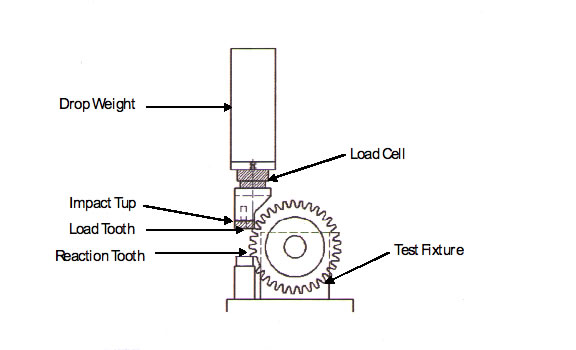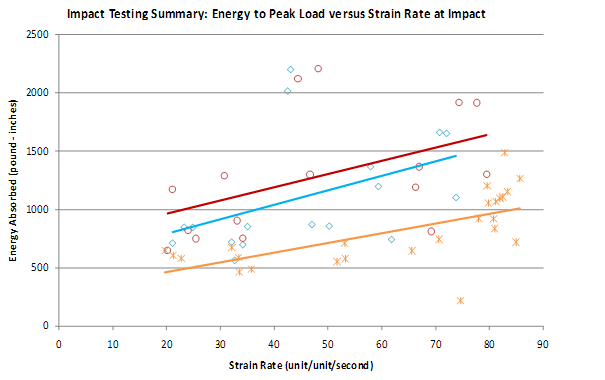Jul 2009 Newsletter - Transmissions Vol 4, 2009

GRI Newsletter
Philadelphia Gear, headquartered in King of Prussia, PA, became a corporate member of the Gear Research Institute. We welcome their support. I also hope to see many of you at the AGMA Expo in September. The Annual Meeting of the Institute will also be held at the same venue on September 16.
I just returned from a three-week family visit to Bangalore, India. While this “garden city” is congested, the air of business vitality, which one can almost feel, is unmistakable. While there are still plenty of the “wretched poor”, signs of affluence are everywhere. BMW opened its first showroom in Bangalore. The shops and malls are stocked and crowded with shoppers. The restaurants, even in the expensive hotels (and they are expensive-$30 for a buffet lunch) form lines outside the door with local patrons and money is being made and spent in large quantities. It is a far cry from the country I left 35 years ago.
Back then everything, and I mean everything, was controlled by the government in New Delhi or in the state capital, Bangalore being one of them. Industry and business moved at a glacial pace, if it ever moved at all, since central planning (5-year plans) by the government specified what could and could not be accomplished. The politicians in power and their cadre of bureaucrats inserted themselves in every function and nothing happened unless somebody paid under the table. Now it appears that it is changing and only the essentials are controlled in New Delhi (defense, social services for the poor, etc.). They have even abolished estate taxes. Unshackled, the perennial entrepreneurship of the average Indian is creating a wealth generation machine that is impressive to behold.
It is scary to think that we may have forgotten how it is done, in the United States of America.
Suren Rao
Managing Director

Research Projects
Whether one runs a car accidentally into a curb or a bird strikes a helicopter rotor, characterizing the ability of gear materials to withstand such impacts is of interest to gear designers. While impact resistance data from standard impact tests (Charpy, Izod) is useful, the unique geometry of gear teeth, coupled with the non-homogenous nature of the gear material (hard case and soft core), requires the actual impact testing of gear teeth. This type of impact testing is conducted on an instrumented drop-weight test stand as shown below.

In a recently concluded MS thesis, partially supported by the Gear Research Institute, the impact resistance of gear teeth fabricated from several gear steels was analyzed. In such impact tests there are several measures of impact resistance that can be studied. The peak load at impact is one such measure. The area under the load-deflection curve, which constitutes the energy absorbed by the gear tooth before failure, is another measure. Besides comparing the behavior of the various steels, their sensitivity to strain rate at impact was also studied. The figure below shows some of the results where the energy to peak load is compared for three different gear steels. While scatter is present in the results, different levels of impact strength are evident in the results for the three alloys.

Education and Training
While funding to support graduate students was scarce in 2009, the Gear Research Institute funded one Mechanical Engineering Senior for the Summer and is planning to continue this support through the Fall. A discussion to expand student support is on the agenda at the Annual Meeting.
The Gear Research Institute is a non profit corporation. It has contracted with the Applied Research Laboratory of The Pennsylvania State University to conduct its activities, as a sponsor within the Drivetrain Technology Center. The Gear Research Institute is equipped with extensive research capabilities. These include rolling contact fatigue (RCF) testers for low- and high-temperature roller testing, power circulating (PC) gear testers for parallel axis gears with a 4-inch center distance (testers can be modified to accommodate other center distances), single tooth fatigue (STF) testers for spur and helical gears, gear tooth impact tester, and worm gear testers with 1.75 and 4-inch center distances. Extensive metallurgical characterization facilities are also available at Penn State in support of the Gear Research Institute. For further details on our testing capabilities please go to the Drivetrain Technology Center website or call Dr. Suren Rao, Managing Director, at (814) 865-3537.
